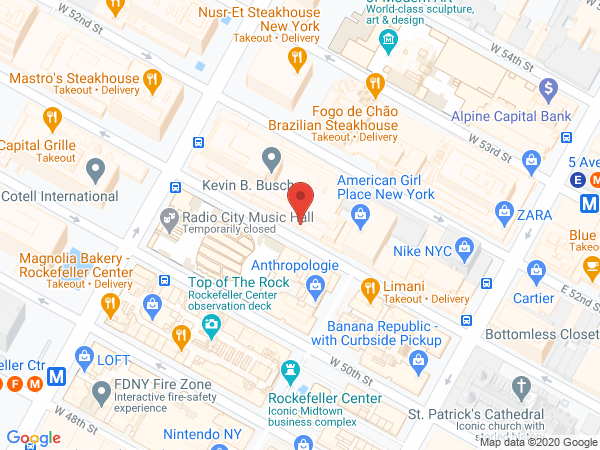Steroid Injection
Make an Appointment
We have locations throughout Manhattan and Westchester. View all locations and contact info.
Inflammatory joint conditions such as osteoarthritis, rheumatoid arthritis, tendonitis, bursitis, and gout can cause pain and swelling throughout the body—including in the shoulder, elbow, wrist, hip, sacroiliac, knee, ankle, and foot. Our musculoskeletal radiologists treat these conditions using minimally invasive, image-guided injections of corticosteroids, which can help determine the source of the pain as well as relieve it.
What to Expect From a Steroid Injection
Image-guidance enables us to clearly view the needle and the surrounding area in real time and to very precisely place the needle in the tightly confined space of the joint. Depending on the reason for your joint pain, you may experience pain relief for days, months, or permanently.
How do I get ready for the procedure?
Your doctor will discuss with you which medications you may take on the days before, and on the day of, your procedure. Do not drink or eat anything for several hours before the procedure.
What will happen during the procedure?
After you arrive at our office, we escort you to our exam room and have you lie on a cushioned table. We will then numb the skin and muscles near the joint with a local anesthetic. Using live imaging (CT, ultrasound, or fluoroscopy), we will insert a needle and guide it to the joint. Once we have positioned the needle we will inject a contrast material to confirm that the needle is in the correct location. You may feel a slight, temporary pressure as the contrast is injected. We will then inject into the joint a combination of anesthetic, which provides immediate pain relief as it numbs the area, and a steroid, which will gradually reduce inflammation and may provide long-term control of your symptoms. You will be asked to remain for 15 minutes following the injection for observation.
Are there any risks?
This medication only affects the targeted area and does not result in side effects in most patients.
Fluoroscopy and CT use radiation. If the procedure is medically necessary the radiation risk is quite small compared to the benefits.
After the procedure
Depending on whether the joint injected is the main source of your pain, you may or may not feel pain relief in the first few hours after the injection. You may feel numb or experience a slightly weak feeling in the limb for a few hours after the injection, and your pain may increase slightly for a few days as the anesthetic wears off and the anti-inflammatory effects of the steroid begin. If your joint is uncomfortable in the first few days after the injection apply ice or a cold pack to the area.
You may return to your regular activities the day after the procedure. Increase activities gradually. It may take 10 to 14 days for the steroid to reach its full potential and for you to feel the most pain relief.
